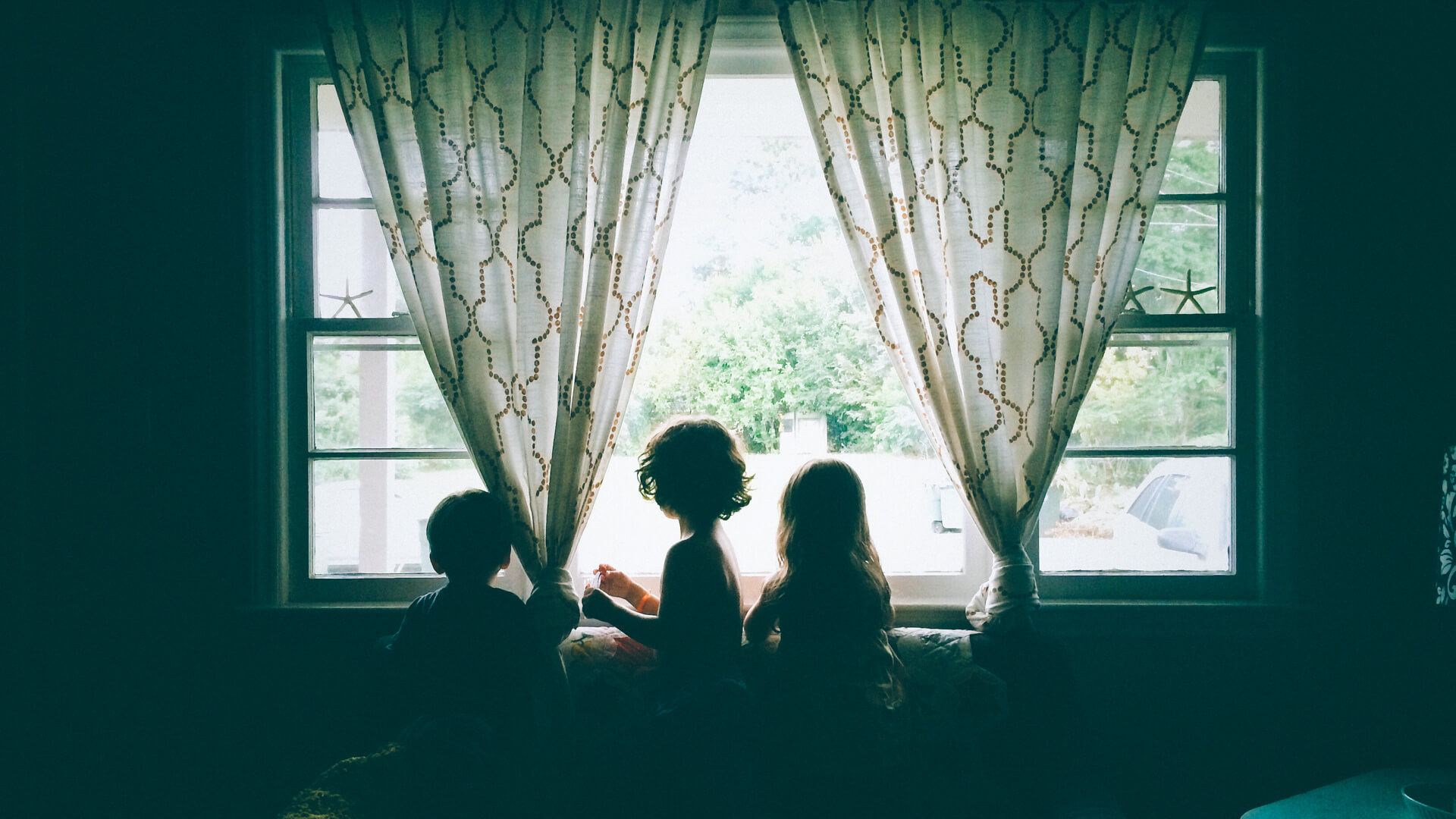
We’re in the ninth week of sheltering in place. As family members continue to work and learn at home together, trying to meet individual and family needs while navigating a range of emotions, it’s important to continue practicing strategies that reduce stress and overwhelm.
In Managing Stress in Close Quarters: Part One, I wrote about simplifying routines, maintaining boundaries, and managing expectations. Here I share strategies for effective communication and completing the stress response cycle, and how setting intentions can help us stay connected to our values.
Effective Communication
As parents and children absorb the cumulative effects of stress, communication can easily become less skillful. When talking with each other in a state of agitation or upset, we might ask ourselves, “Is it true, is it helpful, is it kind, can it wait?” Many people believe that venting or getting things off their chest is beneficial—especially when they’re angry or frustrated. The research, however, shows that the opposite is true. Speaking while activated by negative emotions actually intensifies one’s experience of aggravation, exasperation, and stress; it may also activate a child’s or partner’s defenses.
A more skillful approach is to regulate the nervous system first. Pressing the pause button for five or ten minutes and practicing a grounding technique allows you to move from a fight or flight response into a place of balance and receptivity. From there, we can communicate with each other more effectively.
Reflecting on how you are interpreting a triggering situation can also be healing. Perhaps it fits into a deep-rooted narrative of your past. Practice some gentle inquiry. “What’s the story that’s coming up for me now?” You might suddenly find yourself reliving an old, familiar script: No one ever listens to me. I’ll never get my needs met. I’m scared and don’t know what to do. Often we acquire limiting beliefs in childhood. Holding onto them as if they were true may cause you to react with misplaced anger, frustration, and resentment. Once you identify your internal narrative, you have an opportunity to reframe and retell your story with empathy and kindness, offering yourself what may not have been freely given to you as a child in your own family.

Completing the Stress Response Cycle
While we adapt our lives and routines, assess boundaries and expectations, and practice skillful communication with our families, we may still experience grief and loss and the multitude of feelings that come with them. As individuals and as families, we still have an on-going need to complete the stress response cycle. Each successful effort will bring relief and comfort.
The stress response cycle has a beginning, middle, and end. It gets activated when we experience something stressful. Being frequently interrupted while trying to meet a critical deadline is one example. Our nervous system is shaken off balance, our heart rate quickens, our breathing becomes more rapid and shallow, and our body is flooded with the stress hormones, cortisol and adrenaline.
After the internal surge of activation, we might move immediately to our next task, without releasing its effects, thereby not completing the stress response cycle. And our stress level increases.
It’s important to complete this cycle so the nervous system can return to a state of regulation, and stress doesn’t remain stuck in the body.
Movement is one of the most effective methods of releasing stress. Going for a walk, taking an exercise class online, or listening to your favorite playlist and dancing in the living room are all excellent ways to complete the stress cycle. Getting enough rest, eating a healthy diet, expressing emotions by talking or crying, engaging in creative expression such as journaling, drawing, or painting, and reassuring yourself of safety are also valuable ways to release stress from the mind and body.
We can support our kids in completing their stress cycles by encouraging movement and creative expression and reassuring them that they are safe. Sometimes children express fear in ways that look like irritability or defiance. Stay calm and present and speak with them in a gentle, soothing tone. This sends a powerful message to their nervous system that they are safe and secure, which allows them to regulate and move into more flexible thinking and intentional behavior.
Once we complete the stress cycle, we can bring our awareness back to our efforts to maintain boundaries, manage expectations, and communicate clearly. They all work together. It’s not easy, I know. But we must persevere. In these trying times, please remember, staying connected and supporting one another may well be the best antidote to the stresses impacting our families today.

An Invitation and Reflection
COVID-19 is a shock to the world. Its deep, long-lasting effects are and will be dire and incomprehensible. For most of us, all that we can do is guide our loved ones through it as safely as we can. And let some good come of it.
As you carry on, take some time to quietly reflect on one intention each day to stay connected to a value that you hold dear. Ask yourself, “What is my most loving desire? To what ideal am I growing? What is the fundamental purpose of my life?”
In stillness, you will learn.
Maybe your intention becomes, “I choose to stay connected to love” or “I choose to be kind, no matter what.” As your day unfolds and stress begins to take hold, use your intention as an anchor to help bring you back into the present moment.
What you come to know in your moment of reflection may be a touchstone for the rest of your life, and for the work of your life. This, then, is the real story of you. Make it a solemn promise. Good will come.
